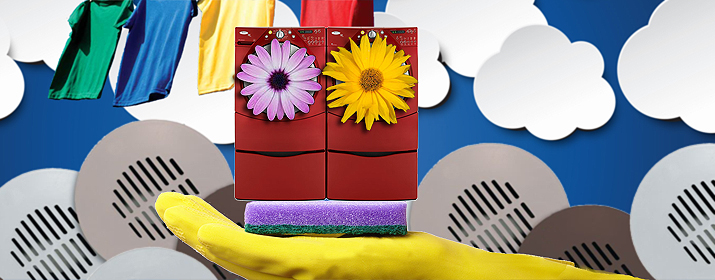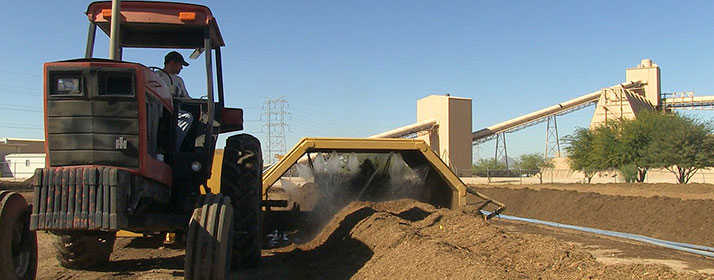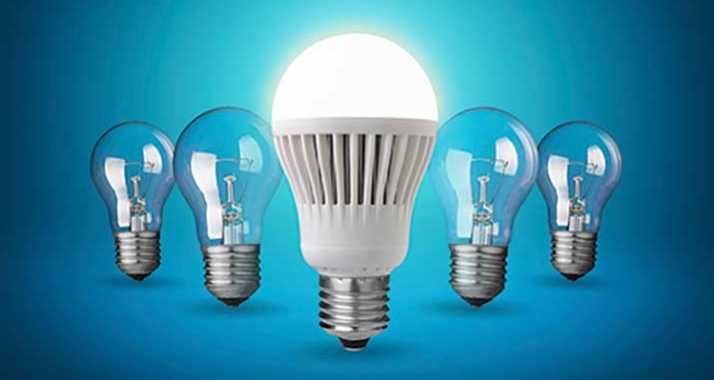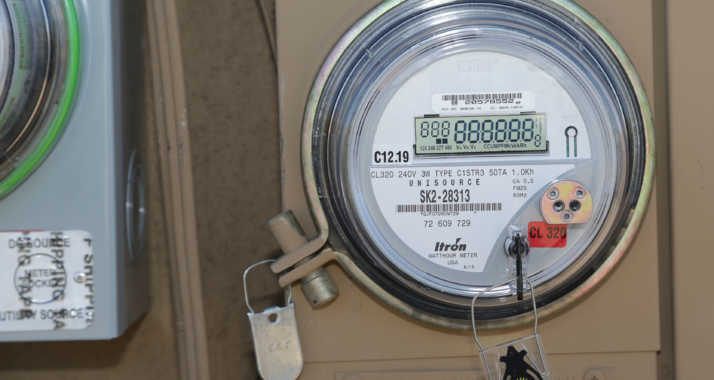

The spring-cleaning sweep of your home is the perfect time to make sure all appliances are functioning properly, boost energy efficiency and prepare for the summer.
In the typical Tucson house, more than 40 percent of each month’s electricity is used by plugged-in appliances.
Vent fans and clothes dryers are used almost every day, yet we often overlook basic maintenance that can save money on our energy bills as well as extend the life of the appliances, said Mike Baruch, Tucson Electric Power’s Residential Energy Efficiency Program Manager.
“Ventilation fans that work with our clothes dryers, stoves and bathrooms are critical parts of the house as a system,” Baruch said. “They remove unwanted moisture and odors from our homes, and when they’re not functioning well, they can’t do their jobs.”
Blocked vents cause fans and dryers to work harder, increasing the amount of energy they consume and reducing their useful life. In the case of dryers, the air is very hot and can create a fire hazard.
An easy test for exhaust fans is to place a sheet of paper against the fan grille. A properly functioning fan should hold the paper tightly against the grille.
Mechanical contractors who offer duct cleaning services can inspect and clean or repair fans in your house.
As for the dryer, clean the lint filter after each use and regularly check the vent for signs of trouble. When the weather turns warmer, consider drying items outside on a clothesline, especially pool towels and swimsuits.
Other small adjustments such as running the washing machine or dishwasher only with full loads will boost energy efficiency.
Often, appliances touted as energy-efficient don’t default to the most efficient settings, so check that dishwashers are on the “air dry” setting and use a thermometer to verify that the refrigerator is storing food between 37 and 40 degrees.
Furnace and air conditioner air filters should be replaced every month. Spring cleaning is a good time to have air conditioners serviced before the summer heat arrives.






